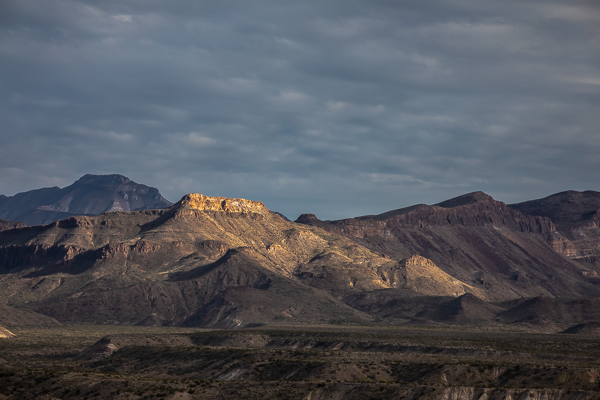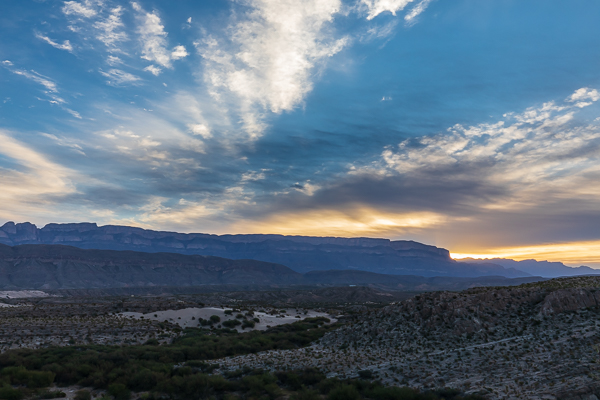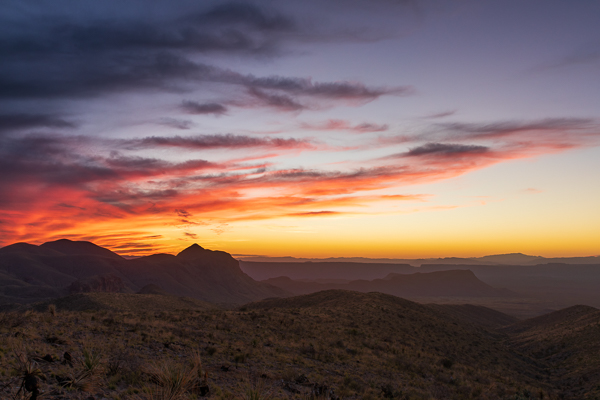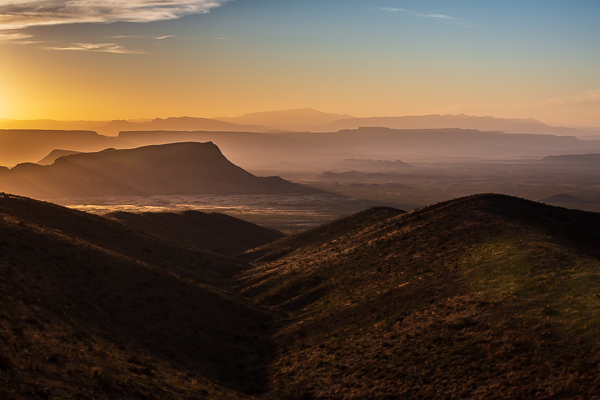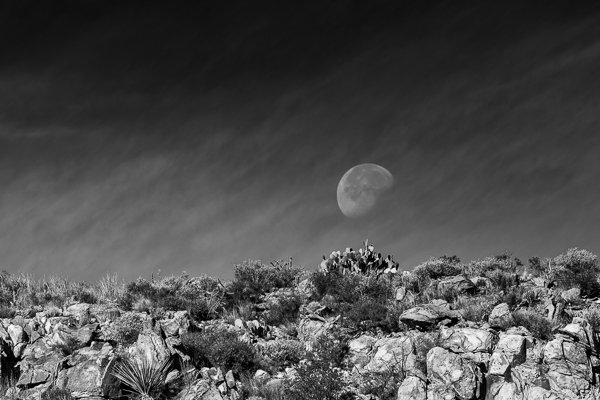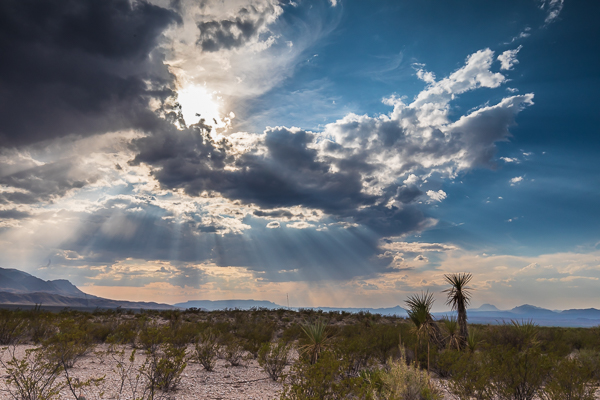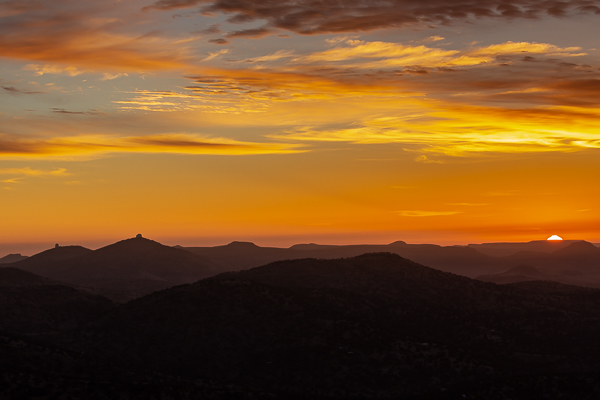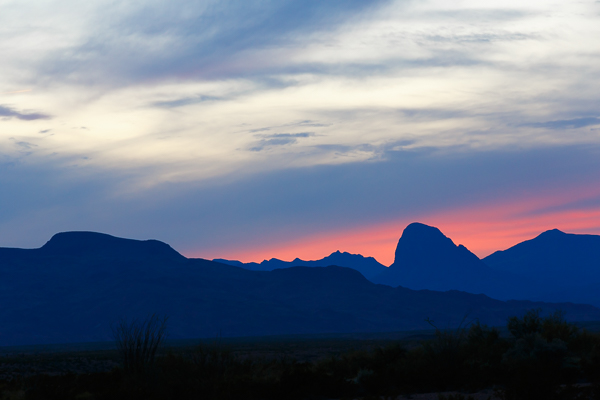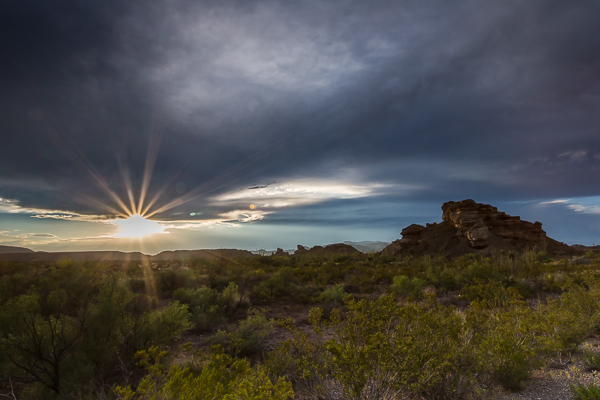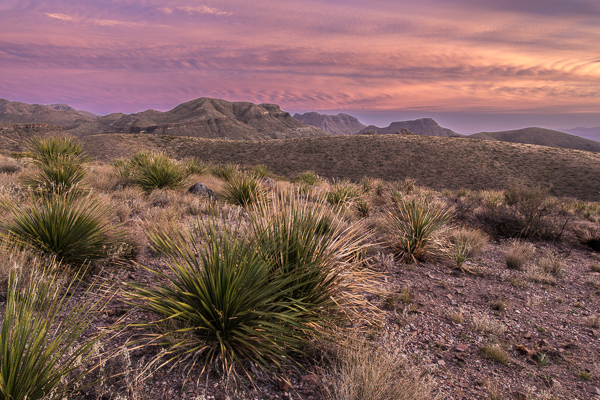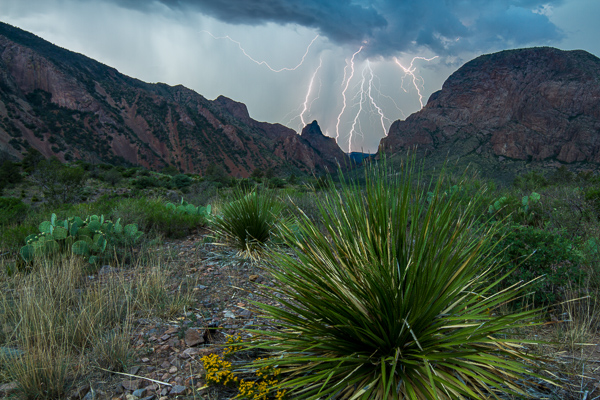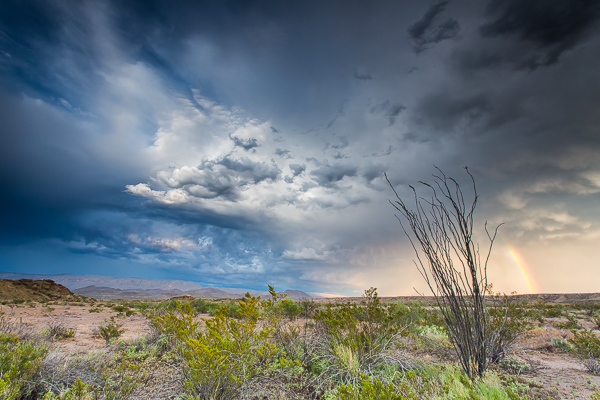It seems like if you look around these days, everyone is offering to guide someone/somewhere these days. Of course, many of them offer “cheaper” solutions than those of us who do it for a living. I figured it might be helpful to give you some tips on choosing a bird guide/photography guide so that your […]
Reason #10: Black & White Photography is SPECTACULAR
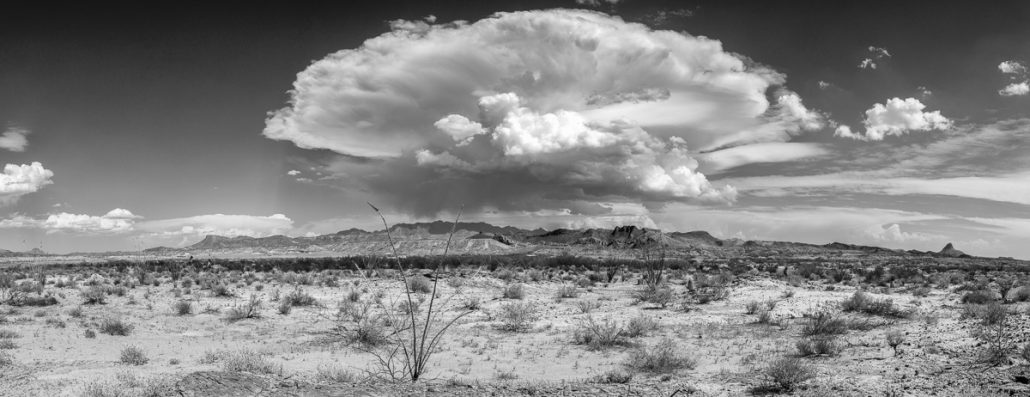
Big Bend National Park
The desert provides the perfect backdrop for Black & White Photography with the contrasts, the clouds, the textures, and the grandiose scenes. In today’s digital world, it is all too easy to ignore the emotive power of Black & White imagery. But when you combine the rugged landscape, the big skies, the unpredictable weather, and over 800,000 acres of possible scenes, it is hard to not capture some outstanding Black & White images. If you have never even really thought about Black & White imagery, or would have no idea how to edit an image in Black & White, then why not book a Black & White Photography Workshop today?
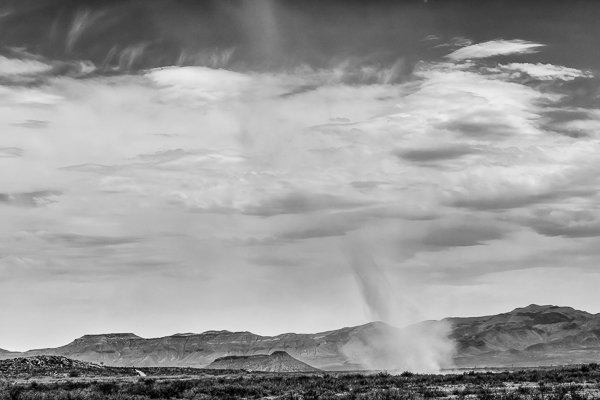
Big Bend National Park
Reason #9: Mammals Are Everywhere
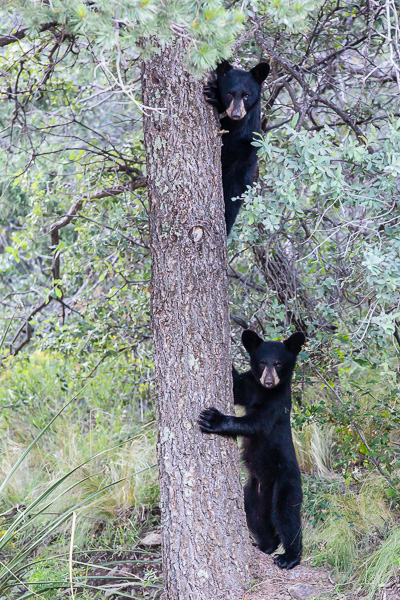
Chisos Basin
Big Bend National Park
With warmer months, the mammals become much more active around dusk and dawn providing the photographer with some surprising opportunities if they stay prepared. This is where preparedness, opportunity, time and luck come together to produce some wonderful images of the mammals of Big Bend National Park. Is it time to register for a wildlife photography workshop or tour?

Big Bend National Park
Reason #8: Macro Photography is ALIVE with Insects & Reptiles
-
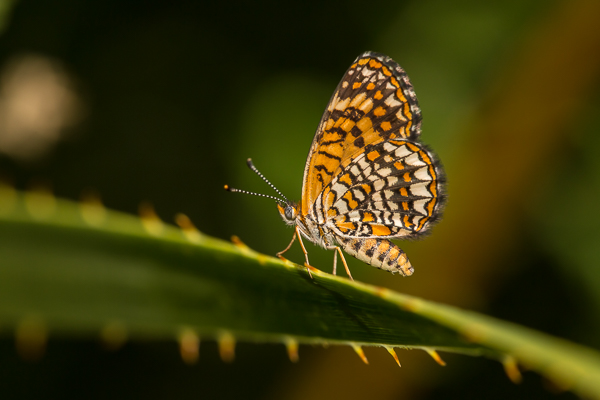
Elada Checkerspot -
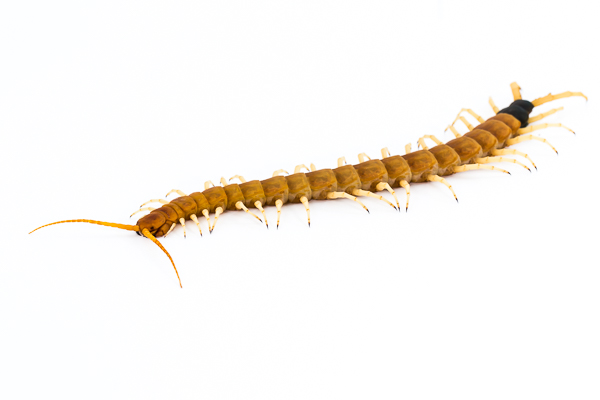
Giant Black-tailed Centipede -
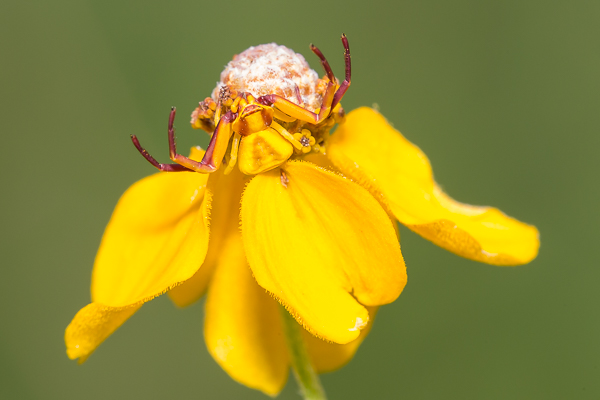
Whitebanded Crab Spider -
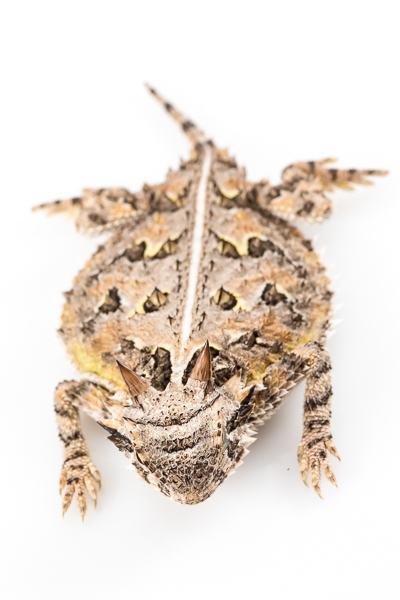
Texas Horned Lizard -

Lady Beetle Nymph -
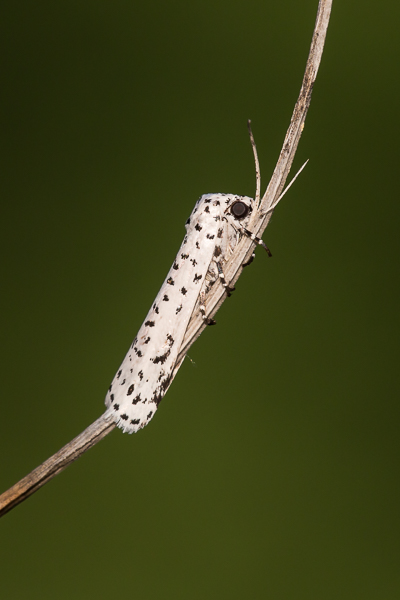
Cerathosia tricolor -

Couch’s Spadefoot Toad -
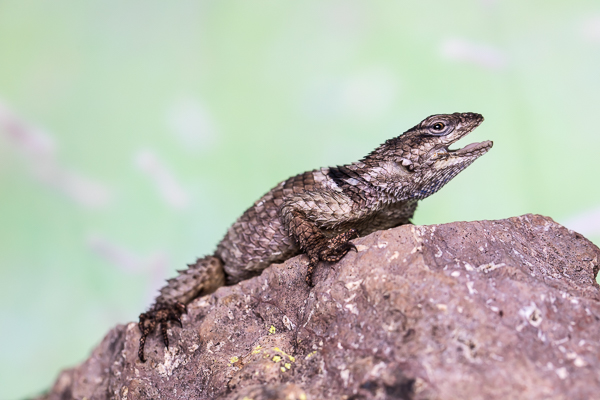
Crevice Spiny Lizard -
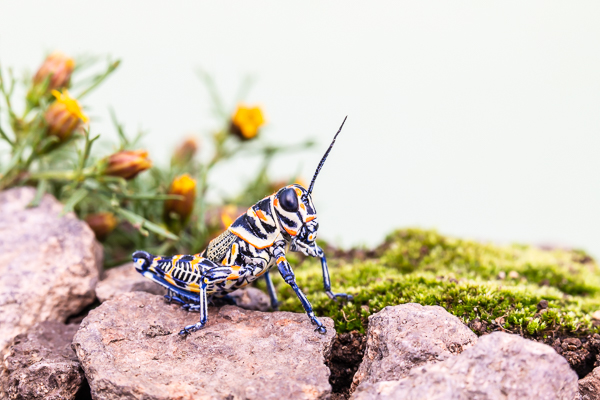
Rainbow Grasshopper -

Vinegaroon
The diversity of insects, arachnids, reptiles and amphibians is simply amazing! The Big Bend region is one of the most biological diverse regions in the United States. Summer time is hopping with butterflies, dragonflies, beetles, moths, snakes, scorpions, spiders, bees, and so much more. I offer studio macrophotography workshops in the Davis Mountains and outdoor macro photography workshops in Big Bend National Park. The options are endless and we can even get you some venomous snakes to photograph safely which is a rare treat. Sign up now for one of our macro photography workshops!

Reason #7: The Light Can Really Surprise You in the Summer
When it comes to photography, it is all about the light! Summer time provides so many different types of light that it gives the well prepared photographer a chance to capture the desert in ways that light tells the story. Here are a few examples of light leading the eye!
Reason #6: Sunrises & Sunsets are Resplendent!
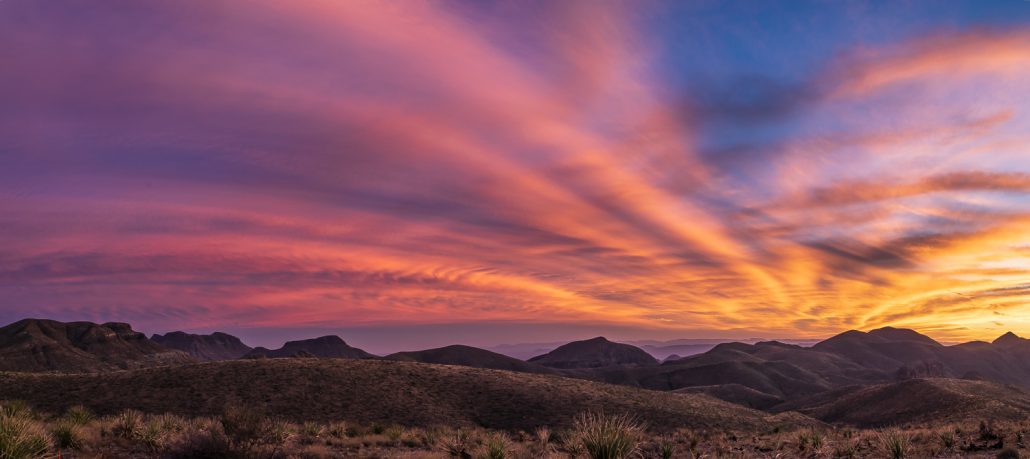
Big Bend National Park
Summer sunrise and sunsets just scream COLOR in the Big Bend region. Whether we are in the desert lowlands, the upper mountains such as the Chisos’ or Davis’, or we are along the Rio Grande River, I promise you will be hard pressed to find a boring sunrise or sunset in west Texas. The only problem you will have is trying to figure out which image to take! I offer Summer Storms & Sunset Photography Workshops and the glorious thing is that every day has something to offer the patient and determined photographer!
Reason #5: Summer Storms are the BEST!
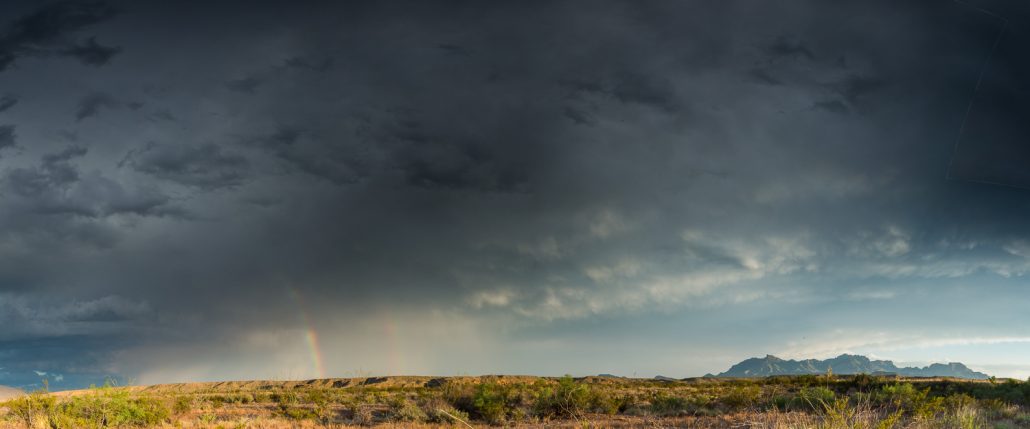
Big Bend National Park
The beauty of summer in Big Bend is that you never know when an amazing thunderstorm, rainbow, rain shower, or ominous clouds may pop up! You have to be ready to get to the right place at the right time and that is how we can help you not only get to the right location, but teach you the skills and settings to capture the scenery or action. Who doesn’t love a great lightning strike image or rainbow? We work hard to help you get the great shot when the opportunity arises. Check out our Summer Storms & Sunsets Photography Workshop.
Reason #4: No Traffic Jams!
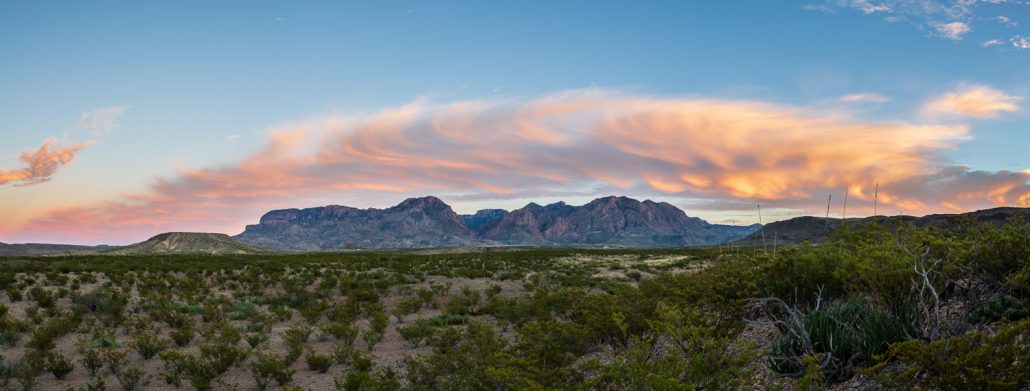
Big Bend National Park
Did I mention wide open spaces with few people? Have you ever gone to a National Park hoping to experience the great outdoors only to be confronted by traffic jams, crowds, and tons of photographs trying to all get the same image? Guess what, you don’t have to deal with that at Big Bend National Park! It is also one of the very few national parks where you do not have to stay on a trail, you may travel freely throughout the park! If you would like a photography workshop that gets you to some awesome landscapes with very few or no other people around, then join me for a Landscape Photography Workshop this summer in Big Bend or Davis Mountains!

Reason #3: Birds, Birds, and More Birds!
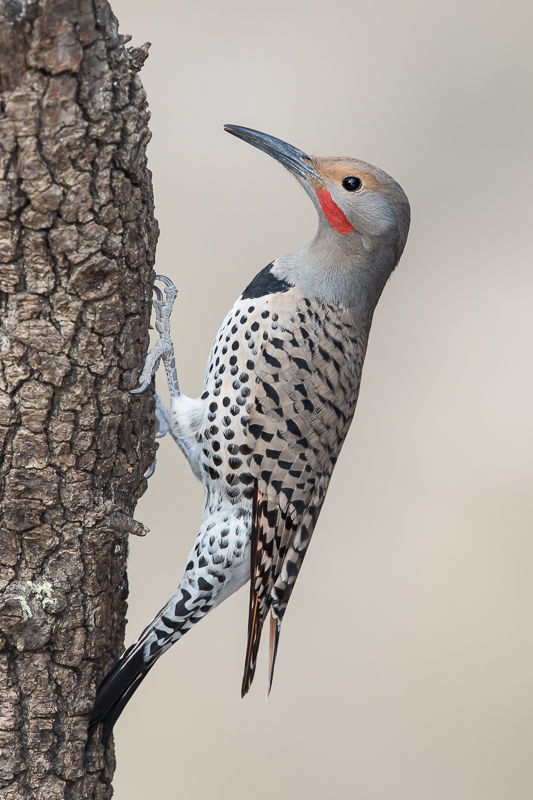
Did you know more bird species have been seen in Big Bend National Park than any other national park in the United States? And the birds can be good at just about any season, but summer mornings can be very birdy in many areas of the park. From the highly sought after Colima Warbler to Painted Redstarts, Blue-throated Hummingbirds, Peregrine Falcons, Lucifer Hummingbird, Varied Bunting, Black-chinned Sparrow, and so much more! We also have bird blinds in the Davis Mountains where you can get up close and personal to many of these same birds. Why not book your bird photography workshop or tour today?
-
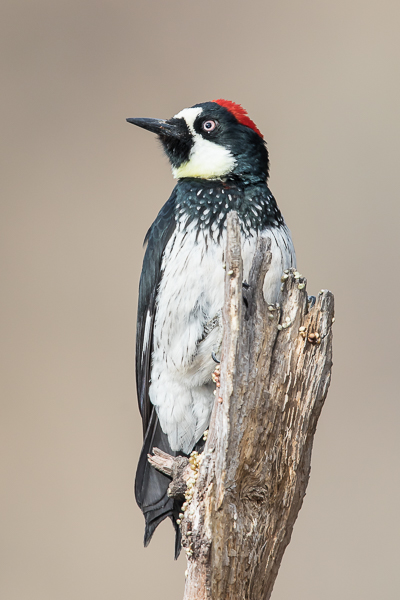
Acorn Woodpecker -
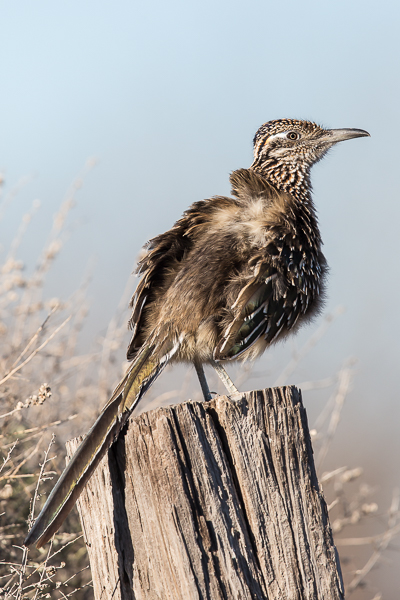
Greater Roadrunner -
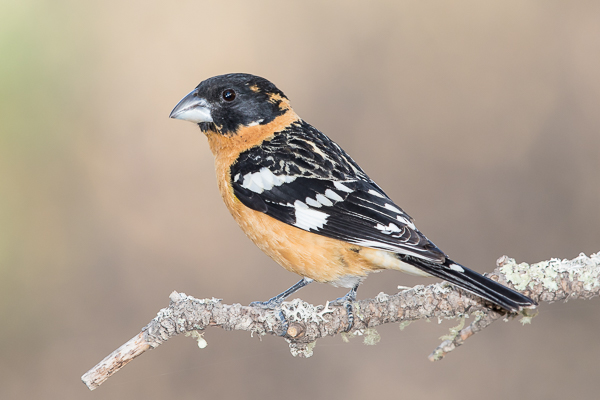
Black-headed Grosbeak -
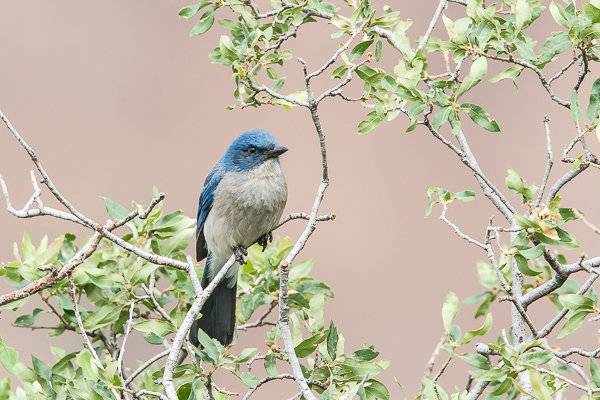
Mexican Jay -
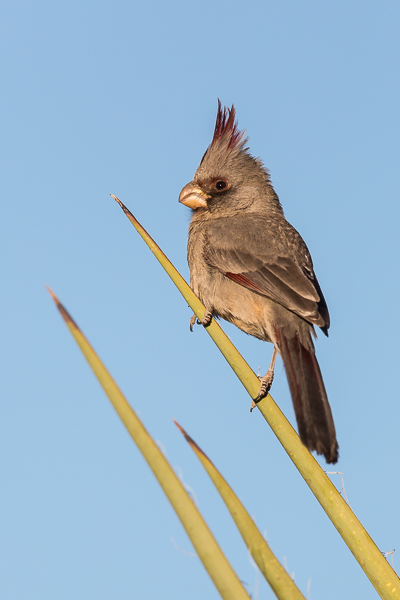
Pyrrhuloxia -
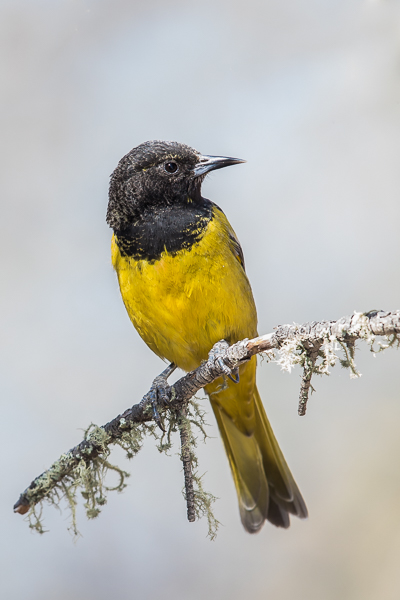
Scott’s Oriole
Reason #2: The Night Sky is at it’s Best
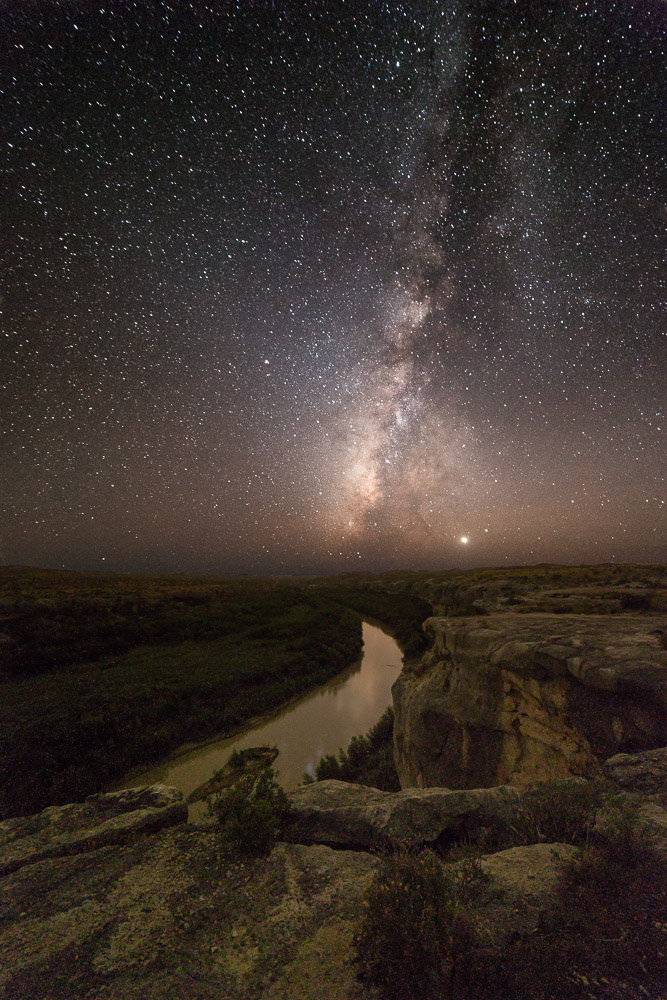
The night sky is best in summer as the galactic center of the Milky Way is most visible. With off-road capabilities, I am also able to take you to locations that you probably aren’t even aware of, must less able to get there on your own! This means not only can we photograph in the iconic locations, but we can get to lesser known areas as well. A night sky photography workshop will fill you with tremendous satisfaction as you will get to see the night sky like you probably rarely, if ever, get to see; but, you will also capture some amazing images to share with family and friends.
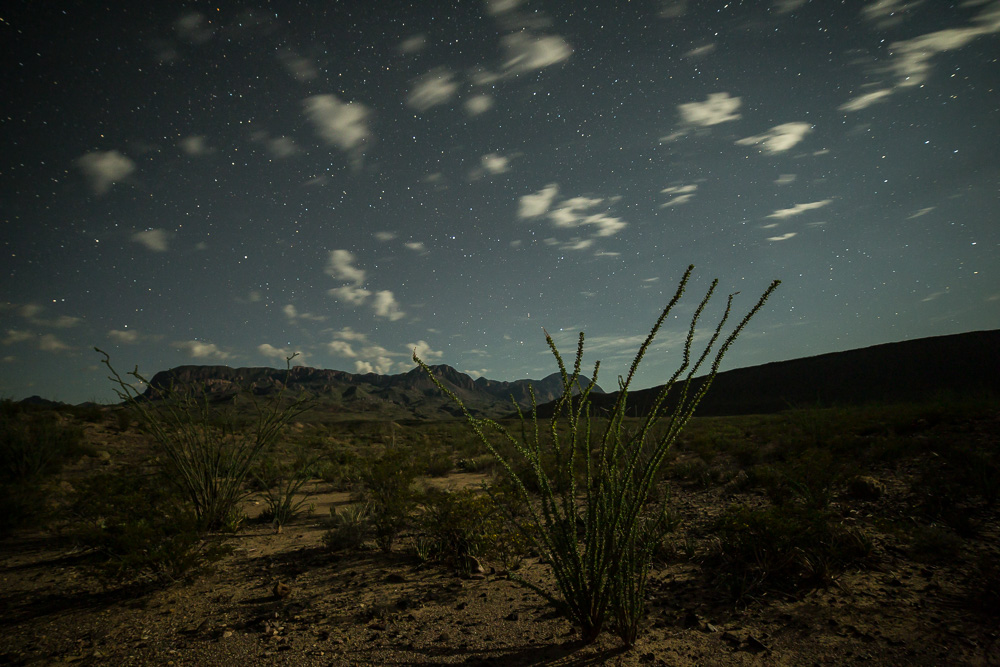
Big Bend National Park

Reason #1: It is MUCH cooler in Climate as you go up in Elevation!
One of the questions I hear the most is “Isn’t it too hot in Big Bend in the summer?” First, where in Texas do you go in summer where it is cool? Second, have you ever said, “It is too hot in Denver to go there in the summer?” Much of Big Bend National Park and the Davis Mountains is at or above the same elevation as Denver. To cool off, you go up in elevation. I will let you in on a little secret, summer is my favorite time in Big Bend! Nights are always cool (except for the low areas around the river) and I have been hiking any 67 degrees in July and come out in the morning at August to 54 degrees! That isn’t every day, but you NEVER have that happen in most of Texas!
So, quit worrying about the heat because we don’t have humidity out here either! Sign up today for one of the greatest experiences you will ever have!
I went to my first North American Nature Photographer’s Association (NANPA) Summit this past week (February 21st – 23rd) in Las Vegas, Nevada at the Westgate Las Vegas Resort and Casino. My friend Nathan Hall joined me and we began our trip by driving from Fort Davis, Texas to Silver City, New Mexico. Nathan had to drive from Austin to Fort Davis first and then I picked him up at his home in the Davis Mountains where we then drove out the scenic highway 118 to Kent and then I-10 through El Paso, Las Cruces and then taking US 180 up to Silver City. It had snowed that morning and with the sun began to set to our left, we came upon the Cookes Range Wilderness Study Area. Despite the strong winds and frigid temperature, we knew we needed to capture the beauty of the view.
The Canon 100-400 f/4.5-5.6L IS II lens was already on my Canon 5D III backup body. The mountains were somewhat distant from the road so I wanted to use a long telephoto lens to bring them closer to the viewer and I knew I would need to shoot a panoramic image to capture the clouds, mountains, and grasslands in one image. This is a handheld, six-image pano with each image exposed at 1/200 @ f/11, ISO 640 and the lens was at 120mm. The image was processed and then stitched in Lightroom CC.
The next morning we arose and prepared to drive from Silver City, New Mexico to Las Vegas but driving along the scenic route US 180 through the Gila National Forest. Shortly after crossing into Arizona, we came upon Luna Lake Day Use Area and most of the lake was frozen but a few open areas remained attracting a few waterfowl species. We stopped for a brief photographic moment and I managed to capture these Bufflehead in flight and some Canada Geese sleeping on the frozen lake.
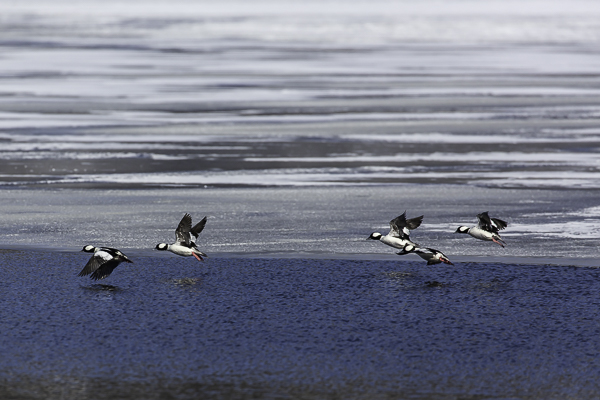
Canon 5D III, Canon 100-400 f/4.5-5.6L IS II @ 400mm, Handheld
1/3200 @ f/7.1, ISO 400

Canon 5D III, Canon 100-400 f/4.5-5.6L IS II @ 400mm, Handheld
1/3200 @ f/7.1, ISO 400
While Nathan is much more of a “people” photographer than I, it didn’t stop me from capturing a couple of images of him along the trip. Here is one I like of him photographing the birds at Luna Lake.
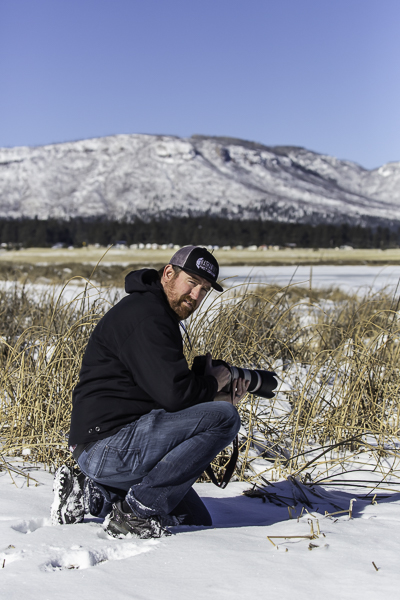
Canon 5D III, Canon 100-400 f/4.5-5.6L IS II @ 400mm, Handheld
1/3200 @ f/7.1, ISO 400
After a brief respite at Luna Lake, we then made our way to Holbrook, Arizona but not before stopping to let Nathan photograph some pronghorn. We caught I-40 and headed west to see the beautiful fresh snow in the Flagstaff, Arizona region. Our drive eventually took us over the Hoover Dam and wearily we pulled into the Westgate Resort in Las Vegas. There was a glass elevator near our room with some nice views of Vegas. The weather forecast predicated snow that night, but I was too weary from the day of travel to get up in the middle of the night.
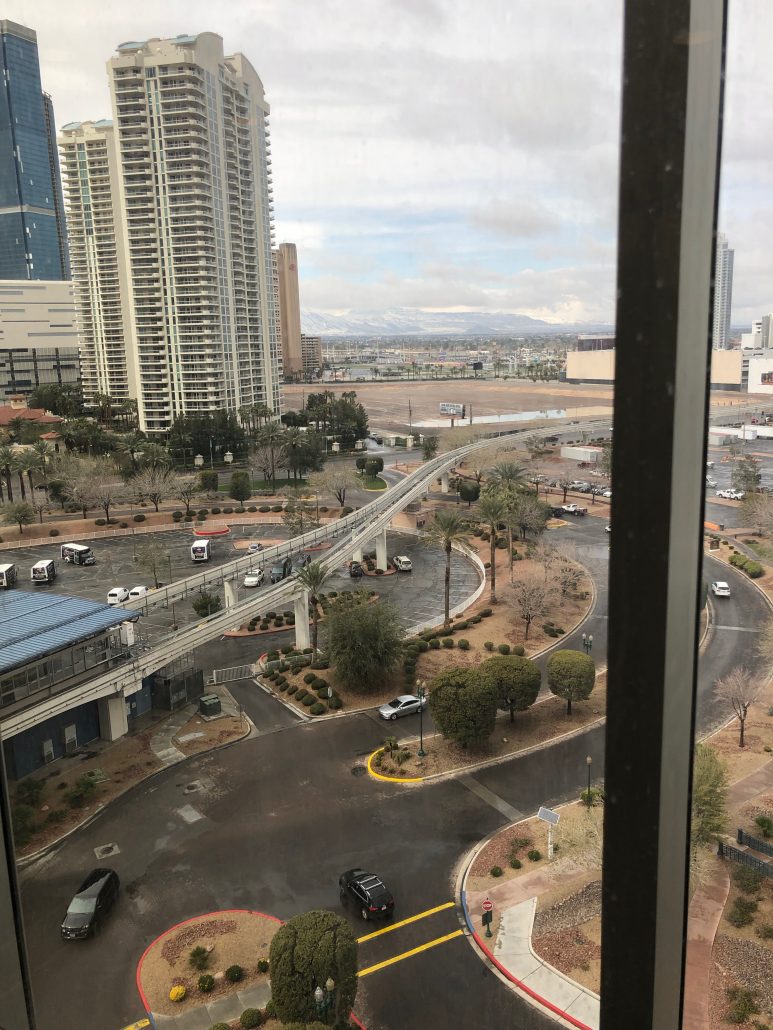
iPhone Image
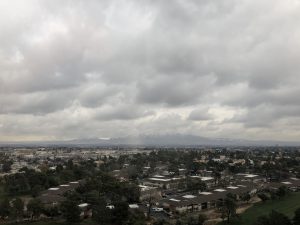
Fresh Snow on the Mountains
iPhone Image
NANPA Trade Show
After a night’s rest, I began gearing up for the Summit. Nathan had come down with a virus or cold and missed much of the Summit. The Summit offered many breakout sessions, Super Sessions (which were $75 each and well worth it), Keynote Speakers, and field trips (none of which I was able to participate in). Of course, there is always the trade show which begs the photographer to pick up a few goodies along the way and I was no exception. Gary Farber at Hunt’s Photo & Video, one of Big Bend Birding & Photo Tour’s Partners, made me a great deal on the Sigma 14 f/1.8 DG HSM ART lens which is ideal for night photography.
I also purchased the MK Controls Lightning Trigger from him because even though I have had much luck with lightning images in the past, this device senses the infrared light from lightning and automatically captures the image, so no more missed lightning strikes! Finally, Gary sold me two small Sirui tripods perfectly designed for holding the Scout camera trapping transmitter/receivers.
One device I was very happy to secure was an acrylic box for high speed insect in flight shots from Cognisys. I have purchased their StopShot and High Speed Shutter which go hand in hand to photograph bugs in flight, bullets, bursting balloons, and more. I have also purchased the Scout camera trapping system and the Saber device. Both of these allow the photographer to use Lidar or laser to capture images. I have been learning the ropes to hopefully capture some spectacular images. This box is perfect for allowing the bugs to fly in a small, clear box allowing them to trip the lasers and trigger the StopShot.
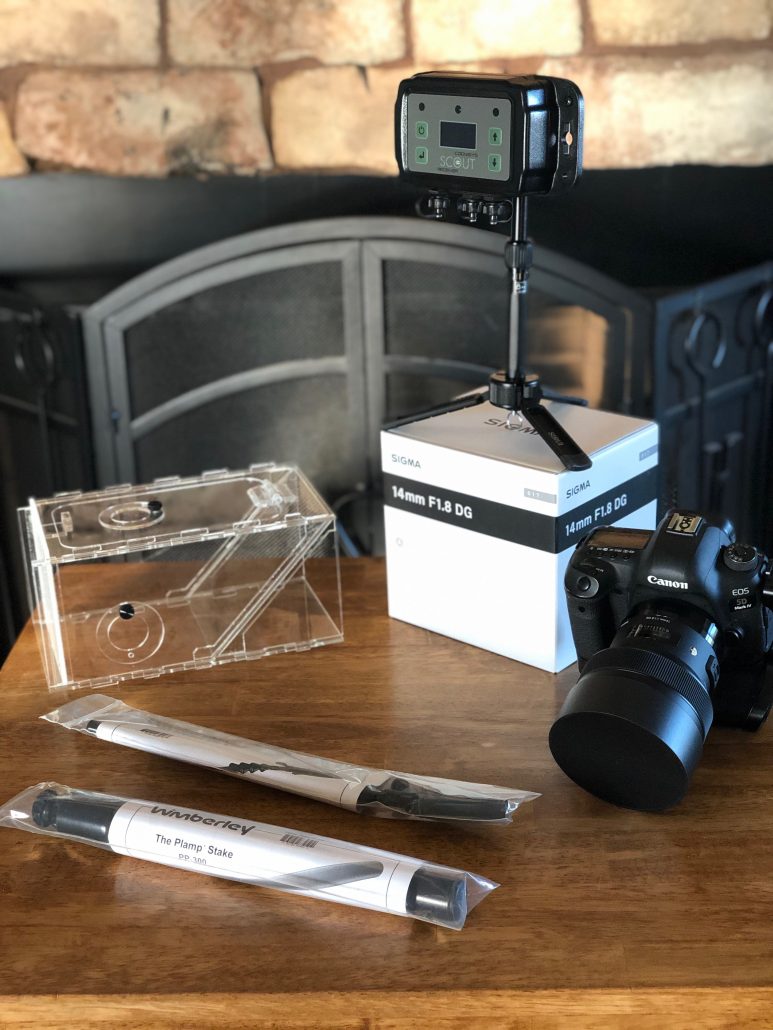
iPhone Image
Finally, Jeff from Wimberley Photo hooked me up as a pro with a couple of donations. I already had a couple of Wimberley Plamps, basically the third and fourth hands for a photographer. I often use the Wimberley Plamp to hold branches for macro shoots in the studio. The new devices are the Wimberley Plamp Extension Rod and the Wimberley Plamp Stake. Thanks so much to Wimberley and Jeff for the consideration.
Dinner with Joel Sartore
Probably one of my most enjoyable experiences was having dinner with Joel Sartore, a National Geographic photographer whose current project, the Photo Ark, is an attempt to document every living species of animal in human care. This project is done in the hope of encouraging the conservation and restoration of species. Nathan had met Joel prior and texted him to see when he would be arriving and if he would have time for dinner before his Keynote presentation.
Joel had experienced flight delays and yet still made time to meet with us. He shared a story about a monkey in the Amazon that he was trying to photograph on a white background but the monkey had a raging case of diarrhea. After having the monkey crap on virtually everything, including himself, Joel managed an adorable photo which I don’t have to share with you as it will be on the back of his next Photo Ark book. Joel’s sense of humor was delightful, we shared stories and he told us about plans to head out into the desert the next morning to photograph some rare pupfish. It was a night to remember. His Keynote address that evening did not disappoint and the crowd was large, laughing and thoroughly entertained.

Sushi, Kamikaze Drinks, and Nat Geo Stories
iPhone Image
Super Sessions, Keynotes & Breakouts
Of course, the heart of the Summit is the presentations designed to educate, entertain, inspire, promote, and encourage. Kathy Adams Clark, a friend and photographer based out of Houston, was hosting a Super Session on Thursday, February 21st entitled, “The Workshop & Photo Tour Industry: Update & Future.” I felt this was more than apropos given that I left the security of a full-time state job with benefits to pursue my biggest passion, photography and Big Bend! She had definitely done her research and shared with us the results of surveys and interviews across the industry.
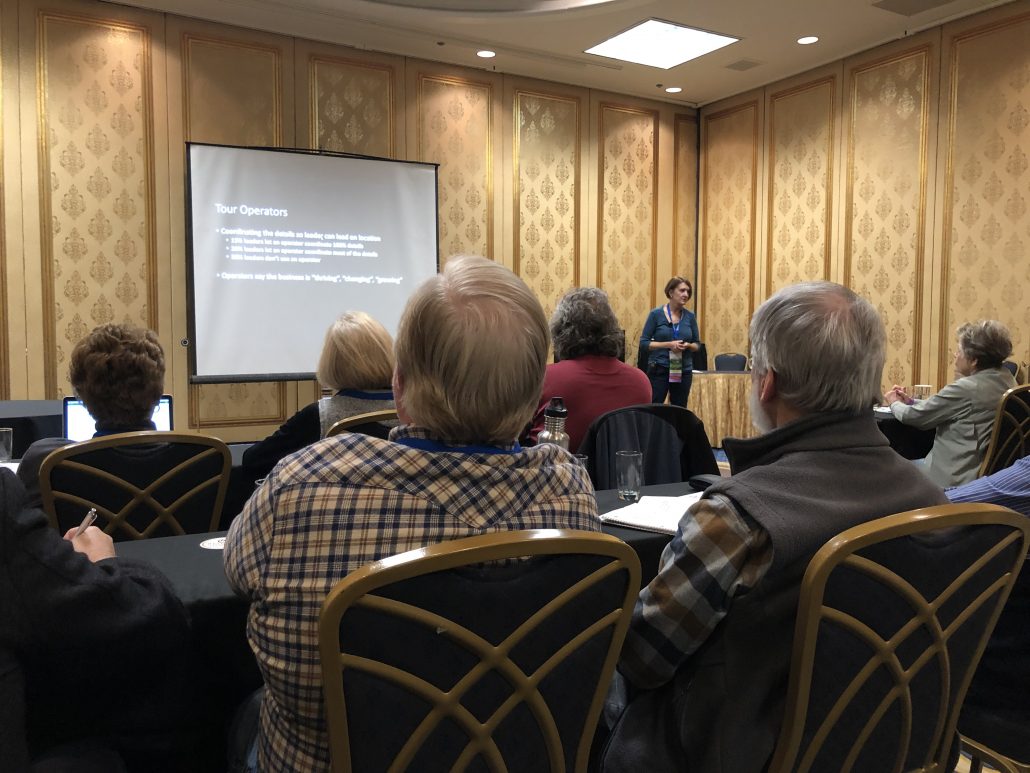
iPhone Image
Friday, February 22, 2019
On Friday, February 22nd, the morning kicked off with a Keynote from Sue Flood who has explored and photographed from the North Pole to the South Pole and has worked on TV series such as Planet Earth and Blue Planet. Her presentation and images were extraordinary and reminded us of the importance of following your dreams.
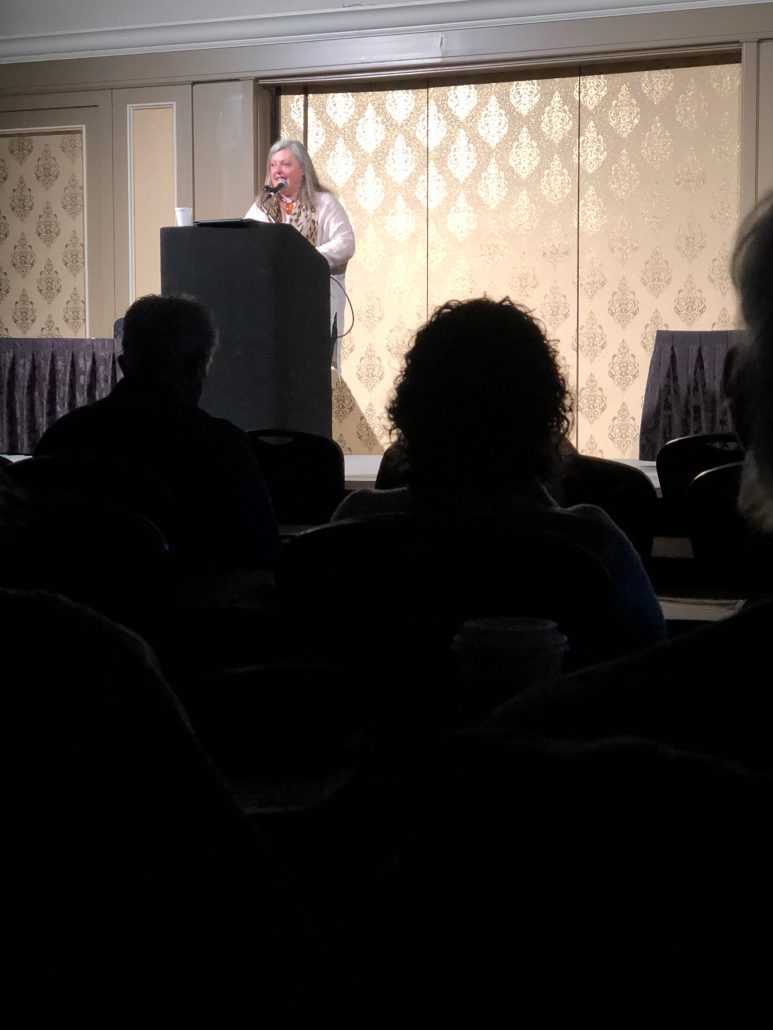
iPhone Image
Later that same morning, I made my way to Breakout #1 where Wendy Shattil shared a tremendous amount of information on backing up and protecting your images for the future including what will you do with your images after you pass away. It was a powerful reminder of the importance of having a plan while you are alive and after you are gone.
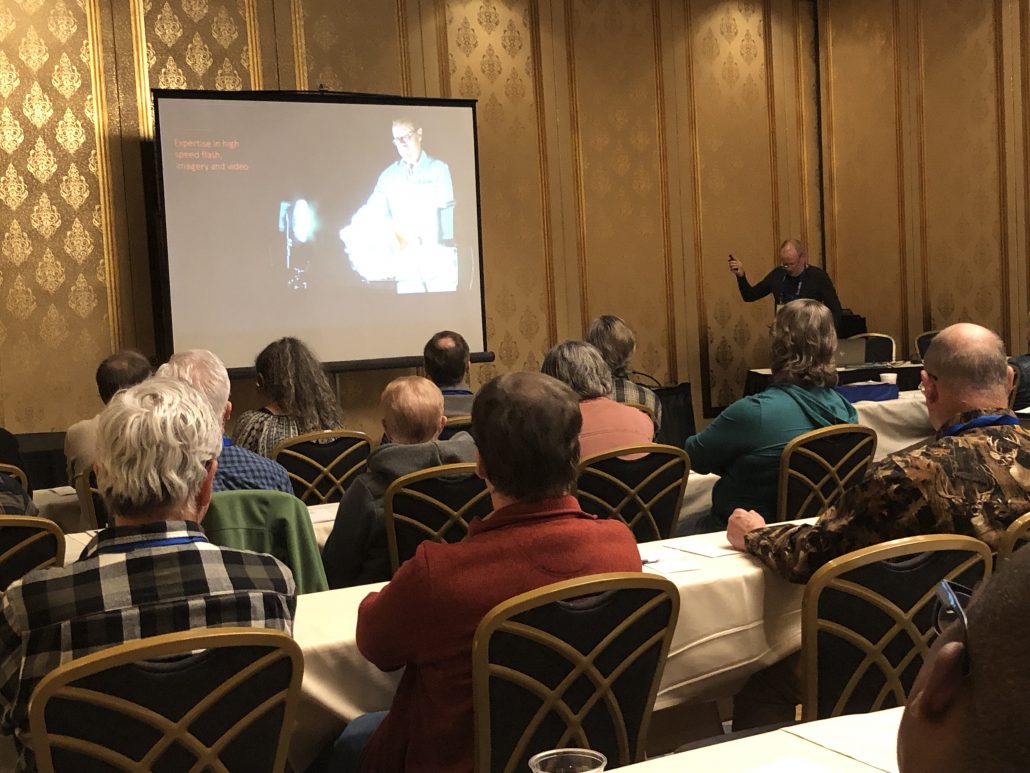
Iphone Image
The afternoon Breakout #3 was by Roy Dunn and it was “Camera Trapping for High Quality Wildlife Images.” You may have seen one or more of his images as this image of a mountain lion high above Los Angeles made the rounds on social media not too long ago. Having the scout camera trapping system made me want to learn more from Roy and his 30+ years of building his own trapping systems, capturing amazing images, and his knowledge of the subjects provided for an awesome hour and a half of presentation.
The evening Keynote was a video by James Balog “The Human Element” which can be seen on iTunes and at screenings around the country. This amazing documentary follows Air, Water, Fire, and Earth which are the traditional four elements, but James envisioned a fifth element, the human. We are as much a part of nature as the other four and we have a very big impact on nature. I was moved by the personal stories in the film and the cinematography and James’ photographic images were powerful reminders of the forces at work today changing our climate and impacting the Earth.
Saturday, February 23, 2019
The morning kicked off with an amazing journey as Florian Schulz spoke about his experiences of photographing Polar Bears, the Arctic, and his journey to save and protect the Arctic National Wildlife Refuge from drilling. I think my favorite image of the Summit was his image of a Polar Bear captured using a camera trap. It can be seen in the image below of Florian giving his presentation.
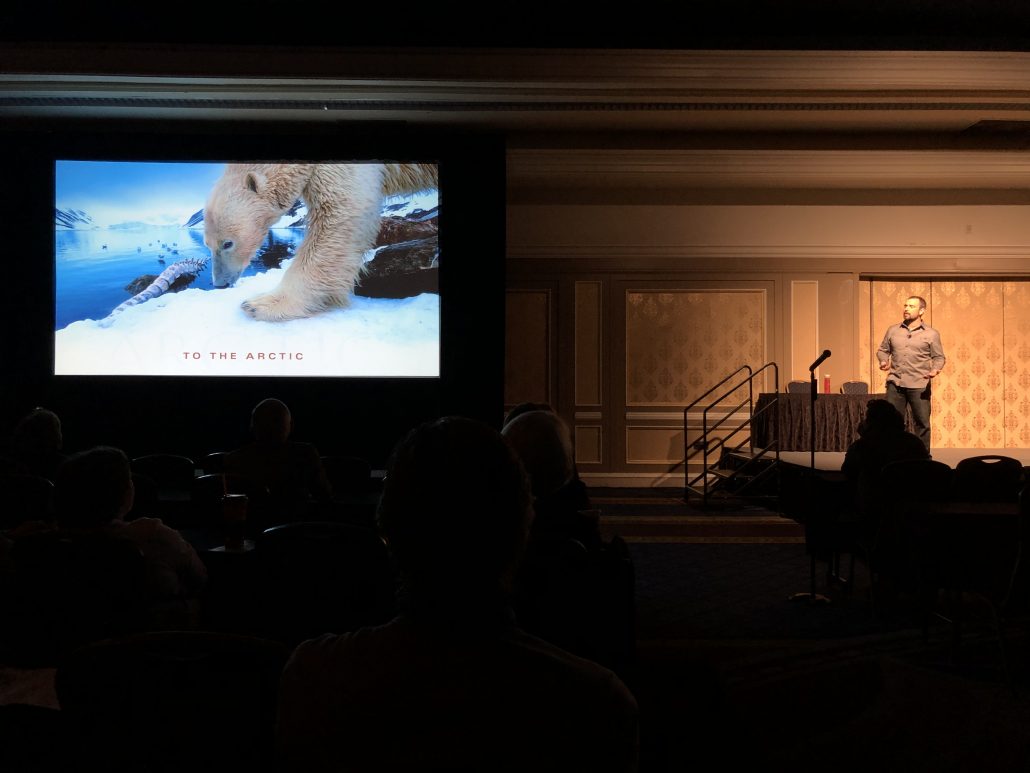
iPhone Image
Later in the morning, I caught Breakout #2 with Marie Read “Capturing the Spirit of Birds” where she emphasized the need to know your subject and the associated behaviors of each bird species. She did a great job of communicating how behavioral images can show so much more than a simple portrait. And following Marie in the afternoon was Charles Needle who discussed “Creative Macro Photography” techniques and you could tell he was an artist at heart! Some crazy cool ideas and inspiration.
Hope is a Thing with Clear Wings
Between Marie and Charles’ breakout session, was Clay Bolt, winner of NANPA’s Environmental Impact Award. Clay has been an inspiration to me as he was one of the founders of the Meet Your Neighbor project which photographs animals on a white background to bring the focus of the image only upon the subject. His Keynote focused on using his photographic skills to communicate the dire circumstances of the Rusty Patched Bumblebee which was on the verge of extinction. Through Clay’s efforts, the Rusty Patched received protection through being placed on the endangered species list!
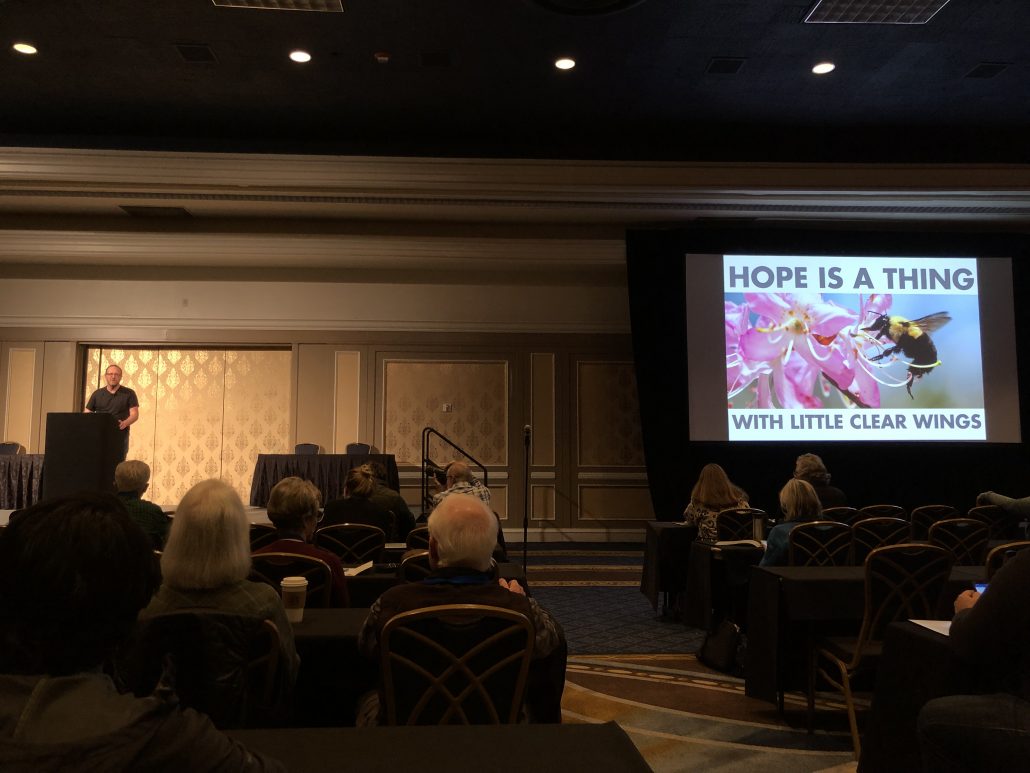
The final Keynote of the Summit was George Lepp who I had met for the first time at Bosque del Apache National Wildlife Refuge during the Crane Festival this past November. George is a looming figure in the wildlife photography industry and has written many books on the subject. His talk was inspiring, encouraging and covered much of his personal history which lets you see how anyone with passion, talent, and determination can do what they dream!
We awoke Sunday, February 24th and decided to make the full drive from Vegas to Fort Davis in a day and traffic was light due to it being a Sunday. It was great seeing old friends like Jeff Parker and Kathy Adams Clark; meeting some old friends in person like Paul Dezeeuw, John Eppler, Richard & Susan Day; and making new friends and seeing some new friends again like Lisa Langell, Tom Myers, Krisztina Scheeff, Dawn Wilson.
The next NANPA Summit will be held in 2021 and the location will be announced shortly. If you aren’t a member of NANPA, you should definitely consider joining for the regional events, the upcoming NANPA Celebration in Asheville, North Carolina, and feel free to join the NANPA FB group to share your images.

